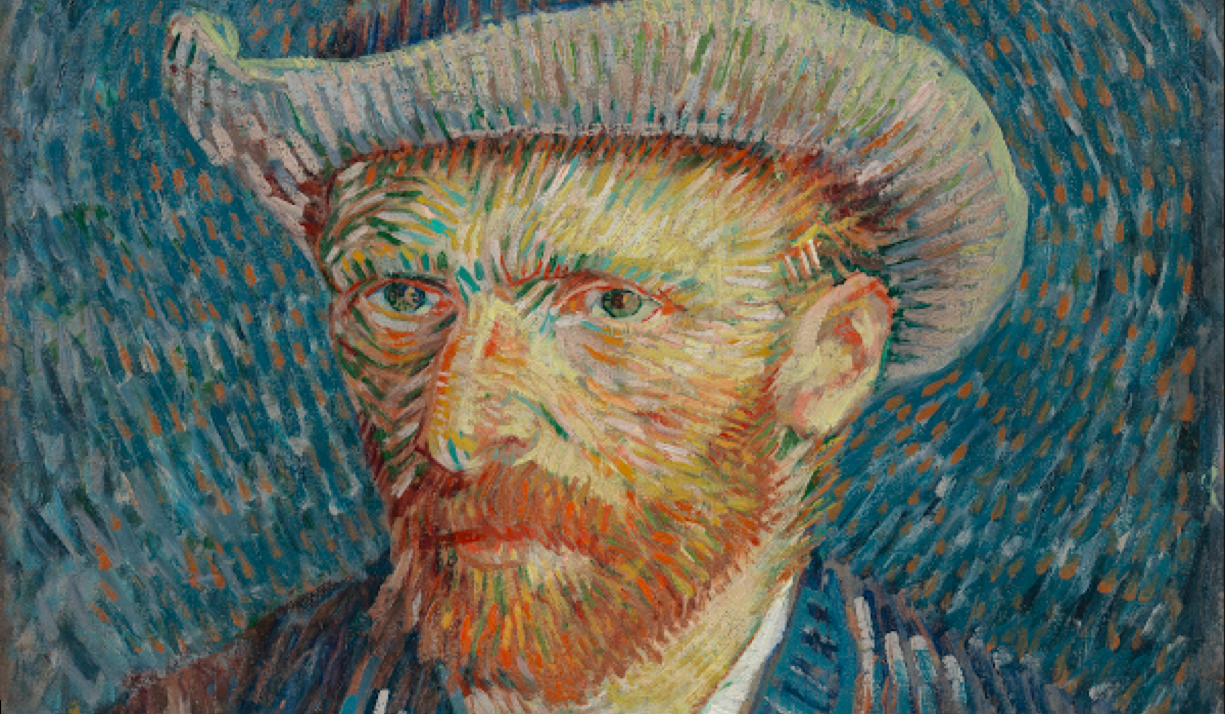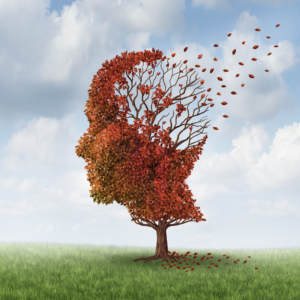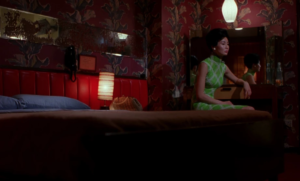
by RACHEL WONG
“It is only too true that a lot of artists are mentally ill – it’s a life which, to put it mildly, makes one an outsider. I’m all right when I completely immerse myself in work, but I’ll always remain half crazy.”
-Vincent van Gogh

Van Gogh’s night sky brims with whirling clouds and shining stars, lit by a brilliant crescent moon. Underneath the restlessness and intensity of the night sky, the peaceful village sleeps on. The painting, The Starry Night, hangs at the Museum of Modern Art in New York and is hailed as one of the greatest Expressionist works in history. Often referred to as the ‘Mad Artist’, Vincent Van Gogh suffered from mental illness, which had a significant impact on his famous works and paved the path for Expressionism, fauvism and early abstraction along with other aspects of 20th century art.
A post-Impressionist painter born in 1853 in the Netherlands, Van Gogh was quick to adopt his mother’s love of nature and art. In his earlier years, Van Gogh practised as a school teacher and a preacher, suffering constant turbulence in his career and romantic ventures. All the while, his life was interspersed with bouts of depression, warning signs of the turmoil to come.

Throughout his later years, his paralysing anxiety, depression and epilepsy persisted. His continued use of absinthe, a toxic alcoholic drink, was also believed to have aggravated his epileptic condition. One of Van Gogh’s physicians, Dr Gachet, treated his epilepsy with digitalis, a medicinal plant derivative found in the bell-shaped, violet flowers more commonly known as foxglove. A side-effect of digitalis is vision tinted or spotted with yellow, which may have been one of the reasons why van Gogh became obsessed with this colour. In his artworks, yellow became a main motif, intensified by his use of complementary colour and increasingly bold Impressionist brushstrokes. Some believed that he also suffered from xanthophyl poisoning, causing him to see more yellowish colours, further accentuating the pervasion of this colour into his work.
“…that there are colours that make each other shine, that make a couple, complete each other like man and wife.”
– Van Gogh to his sister, Willemien, in Arles, c. 20 June 1888
When he moved to Arles, France in 1888, his artistic style flourished. However, it was clear that Van Gogh’s physical and mental conditions were deteriorating as he lived off a diet of coffee, bread and absinthe. He was also thought to have sipped on turpentine and eaten paint. An argument with a friend led to the famous event of van Gogh cutting off his ear and offering it to a prostitute telling her to ‘keep this thing carefully’. The police found van Gogh the next day and admitted him into Hotel-dieu Hospital, where he was weak from blood loss and suffered violent seizures. After this episode, van Gogh was released from hospital in 1889 and used his paintings to alleviate his depression, but his readmissions into hospital were unending.

Such was the relentlessly deteriorating state of his mental well-being, that the people of Arles began to fear him. They went so far as to sign a petition against him, calling him a threat to the community, and consquently, in 1889, Van Gogh was moved into the Saint-Paul-de-Mausole asylum in Saint-Rémy-de-Provence. By May 8 1889, he was painting in the hospital gardens and at the asylum where he created his most famous late works such as The Starry Night and Irises. Van Gogh was observed to undergo bipolar episodes of obsessively painting for long periods of time before succumbing to exhaustion and crippling depression.
Alas, it seems he could find no respite. In 1890, Van Gogh moved to Auvers as a patient of Dr Paul Gatchet and later that year, died in France at the age of 37 from a self-inflicted gunshot wound.
Although poor and virtually unknown throughout his entire life, Vincent Van Gogh is now known as the greatest Dutch painter after Rembrandt. His mental illness had a significant impact in shaping his artworks and his life, which would then pave the way for future 20th century art. Still, one has to wonder – how would the plethora of treatments now available for mental illness, combined with much much improved in-hospital treatment and far greater understanding within the field of psychiatry have affected his wellbeing? Alas, healthcare failed Van Gogh, and he died not knowing all the centuries of joy and adoration the canvas-bound products of his pain would bring.
















































































































